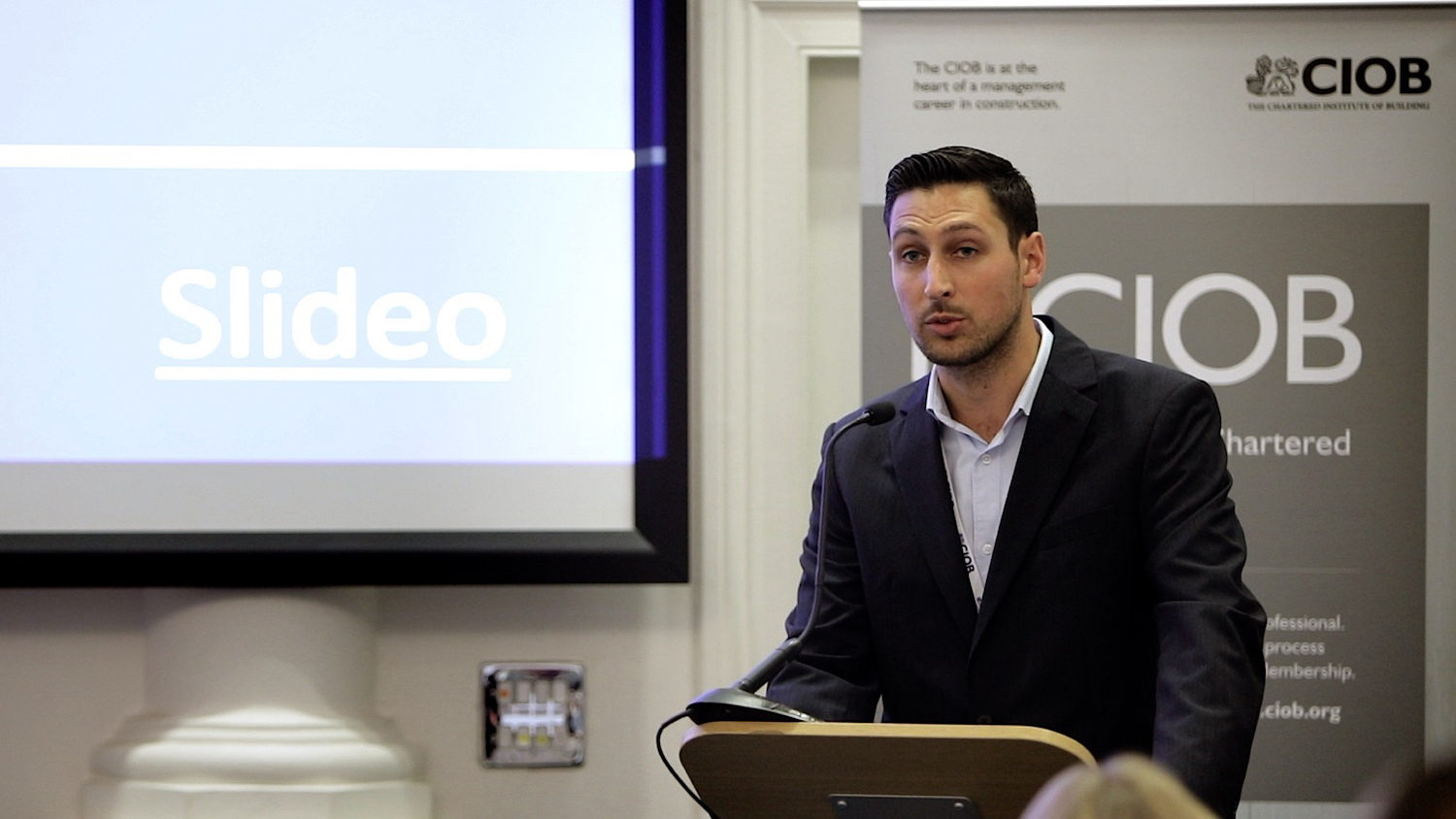
CEnv status: promoting a climate-conscious culture in construction
The environment and climate change need to be taken seriously to preserve the world for future generations, chartered environmentalist and Galliford Try project manager Sam Dibaj tells CIOB People
Sustainability and the environment need to be top of the agenda in the construction industry, according to chartered environmentalist Sam Dibaj.
“It has to be the priority,” he says. “If we’ve got any hope of passing the world on down to future generations, it has to be the number one focus.
“That’s the whole definition of being sustainable. I don’t want to sound too grim, but if it’s not number one, we’ve got no hope.”
Dibaj, who is also a fellow of the Chartered Institute of Building (CIOB), works as a senior project manager in Galliford Try’s environment business unit.
In addition, he was appointed to the CIOB’s Board of Trustees in 2022, a three-year tenure that will allow him to support the Institute in influencing the industry on pressing issues.
What is a chartered environmentalist?
Chartership is a globally recognised mark of achievement that enhances career prospects through establishing proven expertise and experience.
For environmental professionals, chartership reflects a high level of skill and experience, setting chartered environmentalists apart from others working in their field.
Across the world, CEnv registrants utilise their environmental expertise to instil client trust, transition to sustainable practices, lead departments, make strategic decisions, advise governments and work as highly skilled practitioners.
More than 7,500 professionals from a spectrum of fields – including engineering, forestry, ecology, resource management, agriculture, consulting, planning, environmental assessment and air quality – have achieved CEnv registration to date.
Find more information about becoming a CEnv member here.
He is a member of the CIOB’s Non-Chartered Grade Working Group and has held previous positions on the Member Engagement Committee, Education, Qualification, Standards and Practice Board.
He is also a past chair of the European Hub Committee and the Leeds Hub.
University impact
Dibaj brings a climate-conscious focus to all his work. Becoming a chartered environmentalist felt like “a natural step”, he says, after years of studying highlighted the need to protect the environment.
He graduated from Sheffield Hallam University in 2008 with a BSc in construction management and went on to complete a Master’s in project management and engineering in 2011 at the University of Leeds.
The importance of sustainability and the climate was “ingrained” in these university courses, Dibaj says. His Master’s dissertation focused on an analysis of the government’s low-carbon Britain policy and its impact on UK construction.
“I loved doing the research for that,” he adds. “I’d done a lot of studying in terms of the environment and climate change.
“The chartered environmentalist qualification was new, but the aspect of the environment and climate change isn’t new at all.
“It’s probably the most important topic out there, the biggest risk to mankind arguably,” says Dibaj.
The process to become a chartered environmentalist involved a written application and an interview. The application covered experience, theoretical research and practical knowledge, along with leadership and communication.
The interview that followed was with a panel of three, based on questions in the application.
“I actually quite enjoyed the interview, which sounds weird but if you have the passion for it, it turns into more of a discussion than an interview,” Dibaj says.
“We spoke a lot about the dissertation and how we can improve as an industry as well – what the sticking points are for the industry, what we can do to mitigate the issues of climate change.”
Major challenges
A key challenge for the industry, according to Dibaj, is that more environmentally friendly solutions often come with an increased capital cost.
However, he adds, their “overall operational cost is significantly reduced so overall it’s a net saving”.
He continues: “One of the challenges I’ve found is making people understand the life cycle costs of reducing carbon.
“So, there might be an upfront cost but actually it’s the lifecycle cost and, overall, there’s a saving. Or it’s cost neutral at least. That shouldn’t be a conversation we’re still having.”
Another challenge is resilience – something Dibaj considered in depth in his dissertation.
“I wrote about how un-resilient we were as a country to changes in power demand,” he explains.
“Then, unfortunately, with the war in Ukraine and our dependency on gas, we have no resilience. I went and got my dissertation out and thought, ‘I wrote about this 10 years ago’.
“It was a bit of a weird moment. We have no resilience and that’s to do with the environment as well – our plan is to have low-carbon technologies, but the infrastructure isn’t there.”
Another area with scope for change is the fact that construction sites are “notoriously bad for running off generators”.
“A bugbear of mine is not getting mains connections to site – the cost savings and carbon savings are phenomenal.”
Day-to-day approach
Dibaj currently works in a joint venture for Galliford Try, delivering projects on behalf of Scottish Water.
He manages multi-disciplinary teams and delivers projects from prepare phase through to detailed design, execution and closedown.
Projects range in value from £1.5m to £10m on cleanwater and wastewater sites.
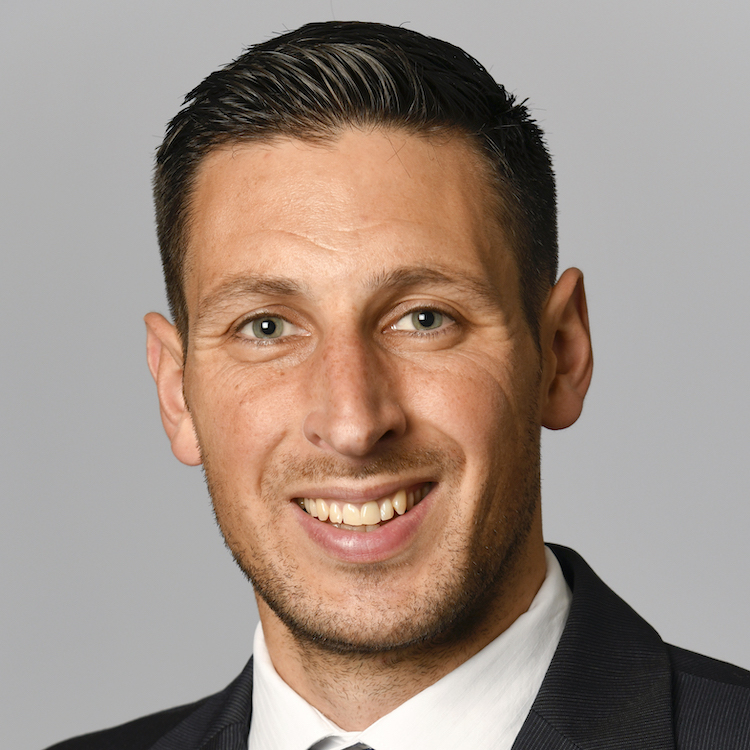
The environment is now what health and safety was before. It’s changing but we still have a way to go. It’s making that jump and it’s changing the culture. That starts from individuals – what you do at home, electric cars, fitting solar panels, recycling
The cost issue poses challenges for teams on a regular basis. “You can suggest stuff, but if a client doesn’t want to pay for it, it’s difficult,” he says. “A lot of sustainable and environmental practices are client-driven.
“With certain aspects of the design, I might say to the client, ‘It will cost x more but it will save carbon overall’. I’m fortunate to work with a client who is receptive to that.
“It helps [that it is] a government client. It might be different with a private client. But if more clients were like that, it would make my job a lot easier.”
Dibaj adds that it also helps that Galliford Try has its own targets, so the company is “always looking at ways to reduce carbon”.
Alternative solutions
In terms of environmentally friendly options for water projects to consider, a key area is the material used for clearwater tanks.
“Over the years, we have constructed concrete tanks, but we have found steel ones to be more environmentally friendly – certainly a carbon reduction – and actually quicker to build,” Dibaj says.
It is easier to deliver stainless steel tanks to site and the solution provides programme and carbon savings, quality benefits, improved health and safety and overall cost savings.
However, for bigger tanks, stainless steel can prove to be less cost-effective – so it’s about “doing those exercises” to find the right solution, Dibaj says.
Meanwhile, for glass reinforced plastic (GRP) kiosks, which house instruments or motor control centres, discussions are ongoing around optimal materials.
“We’re struggling a little bit,” Dibaj says. “We’ve engaged with different supply chains to propose alternative materials, but the costs are significant at the moment.
“They’re double or treble the price, which is difficult to justify for a public sector client. I’d like to think over the next few years the costs will reduce and we can implement some changes.
“Unfortunately, it’s down to cost at the end of the day, but we will always propose different methods and approaches to carbon saving, taking into account whole life cost as well as carbon. It’s not always simple.”
The research and time needed to consider all the different options can delay design processes at times.
“It’s swings and roundabouts,” Dibaj says.
Wider perspectives
Dibaj keeps up to date with the latest thinking on climate change and the UK’s net zero objectives in a number of ways – from newspapers and magazines to Climate Change Committee reports and CIOB webinars.
His work as a CIOB trustee also enables him to meet and learn from members around the world.
Seeing “wider perspectives” and understanding different countries’ approaches to climate change and environmental targets is helpful he says, adding: “If the government is backing it, it’s a driver to having a low carbon and sustainable future.”
Overall, Dibaj believes that the construction industry in the UK can be “quite fragmented”, but he insists it is “getting better”.
He sees the cost challenges and culture as the two biggest barriers to change.
“The environment is now what health and safety was before. It’s changing but we still have a way to go.
“It’s making that jump and it’s changing the culture. That starts from individuals – what you do at home, electric cars, fitting solar panels, recycling. Changing culture there makes people take that into the workplace and change culture on a daily basis.”
Comments
Comments are closed.

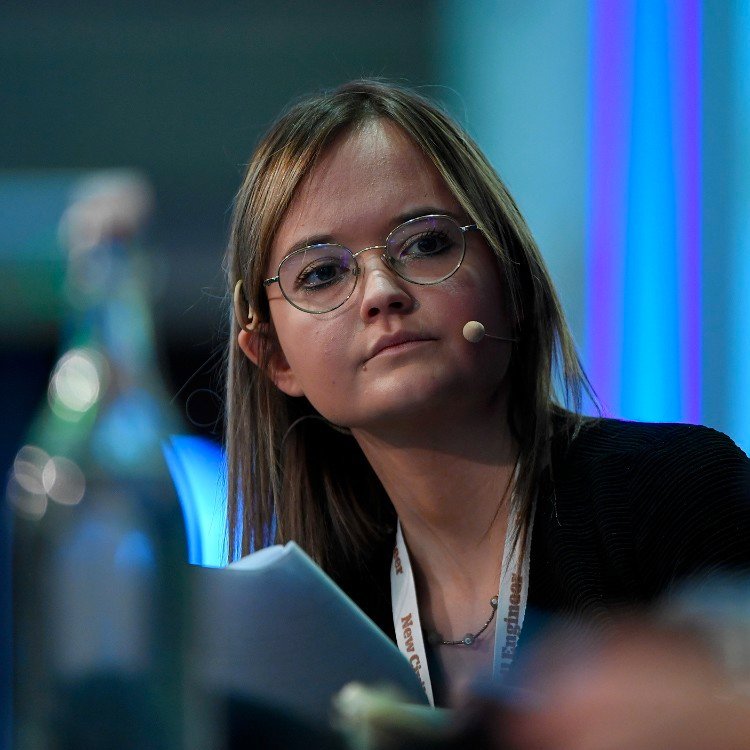
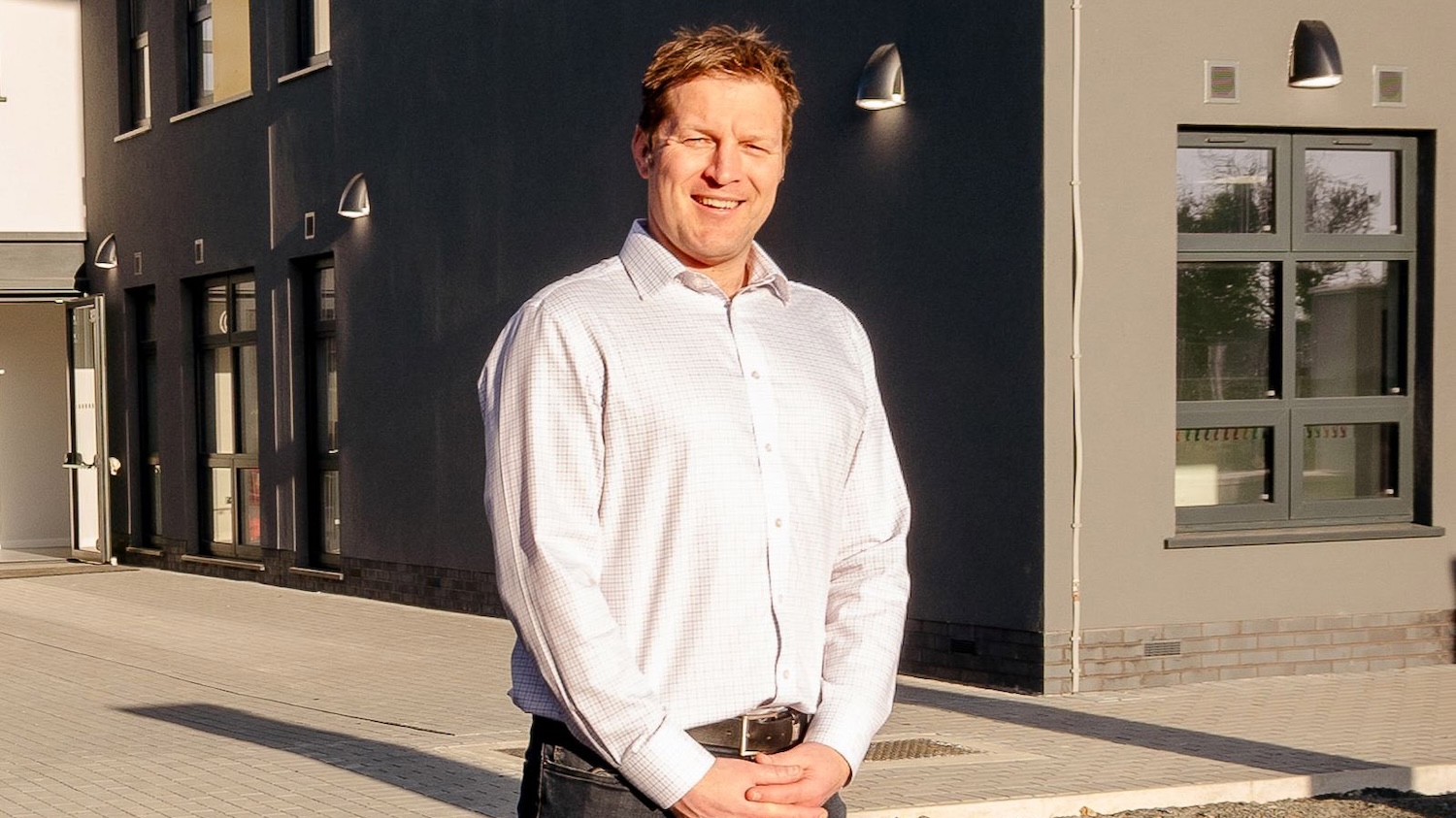
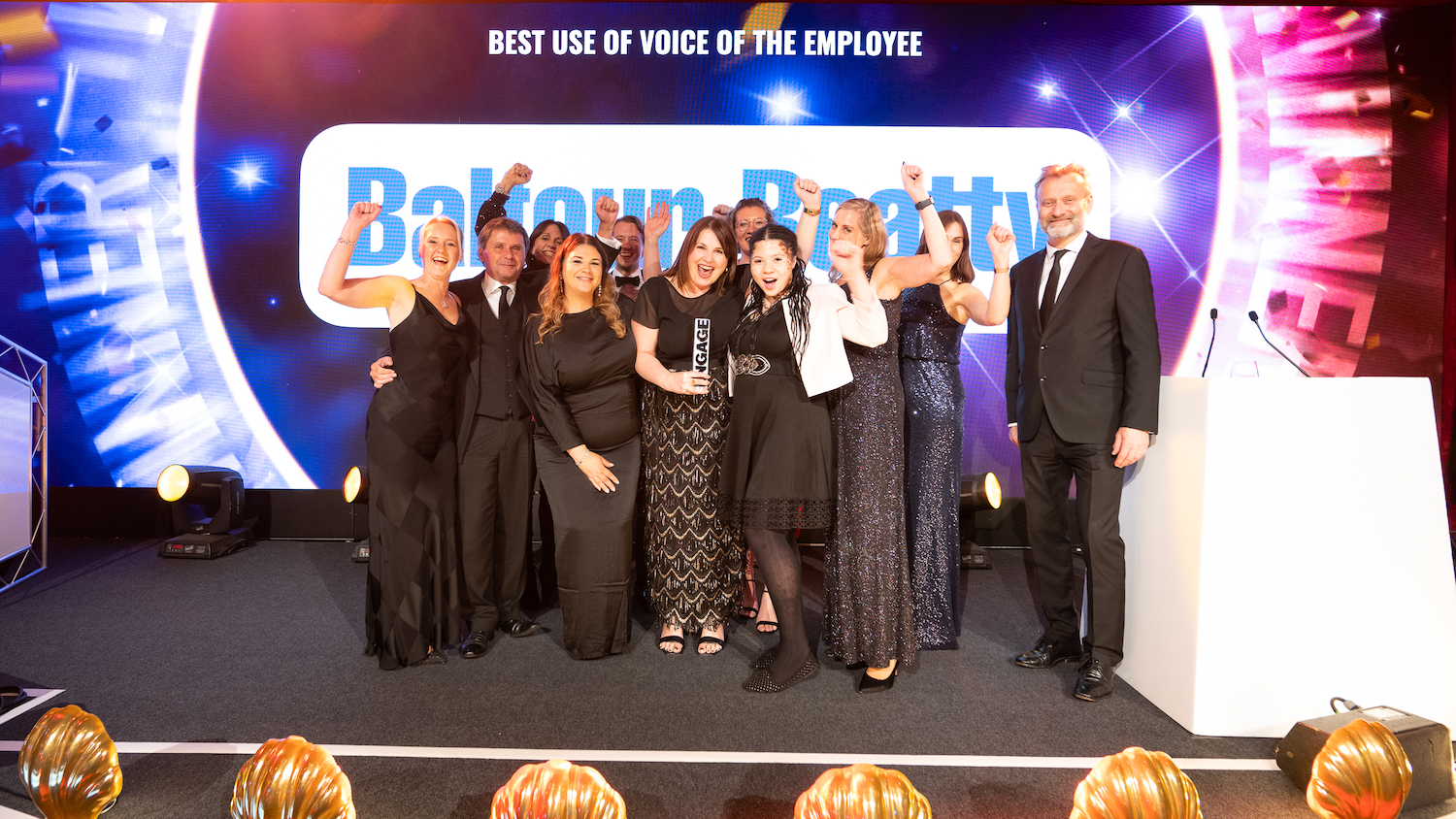
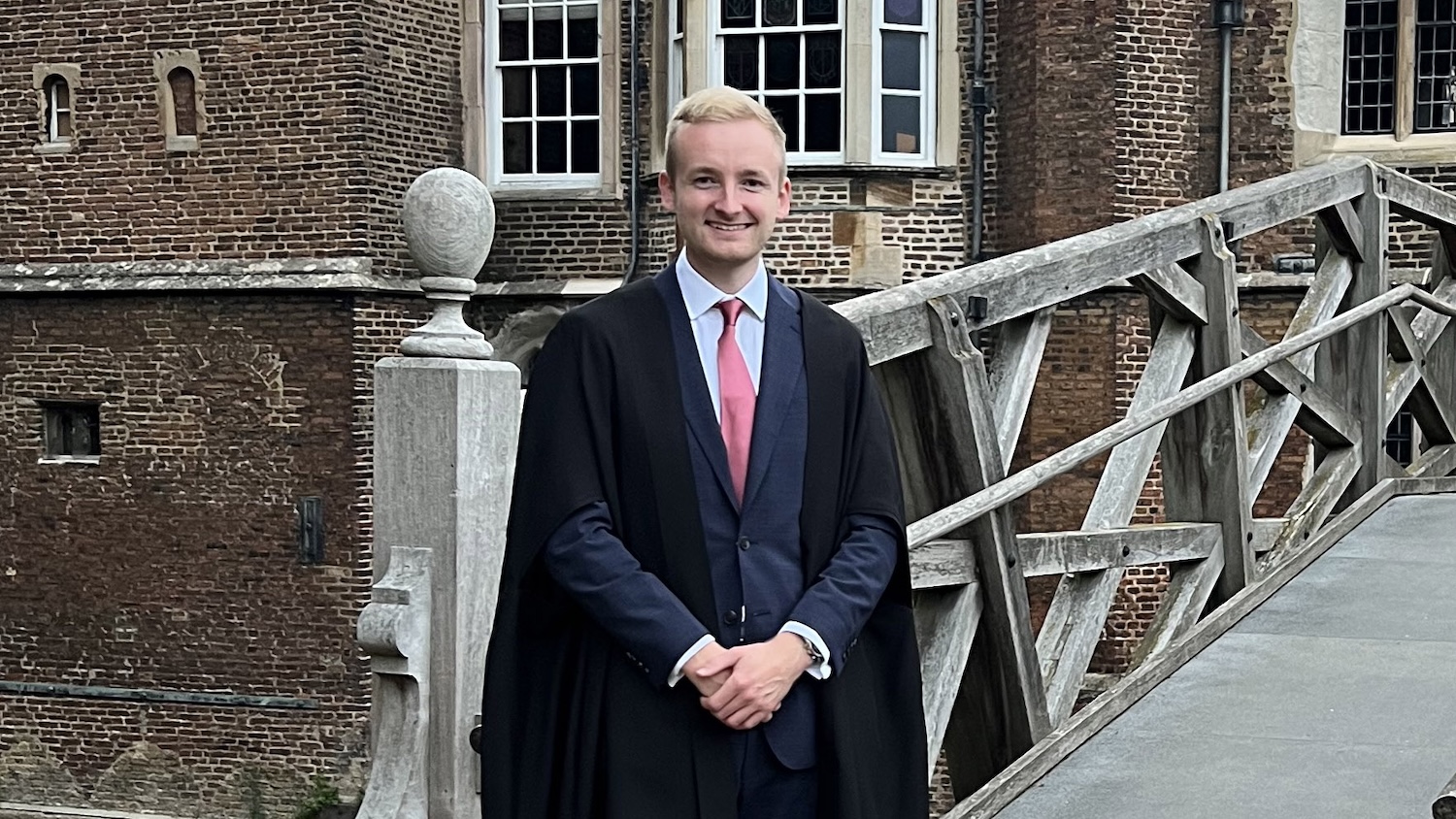
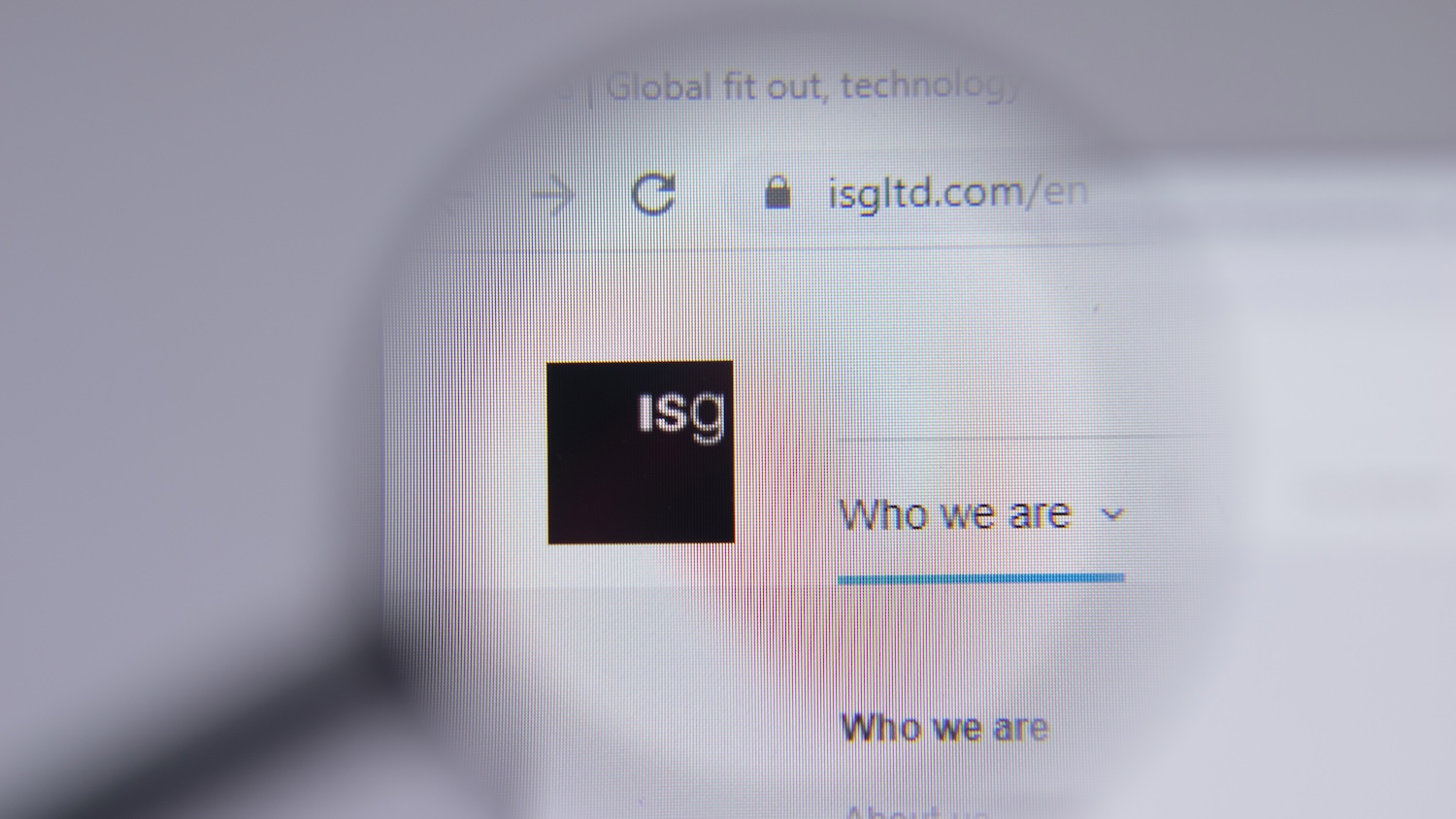
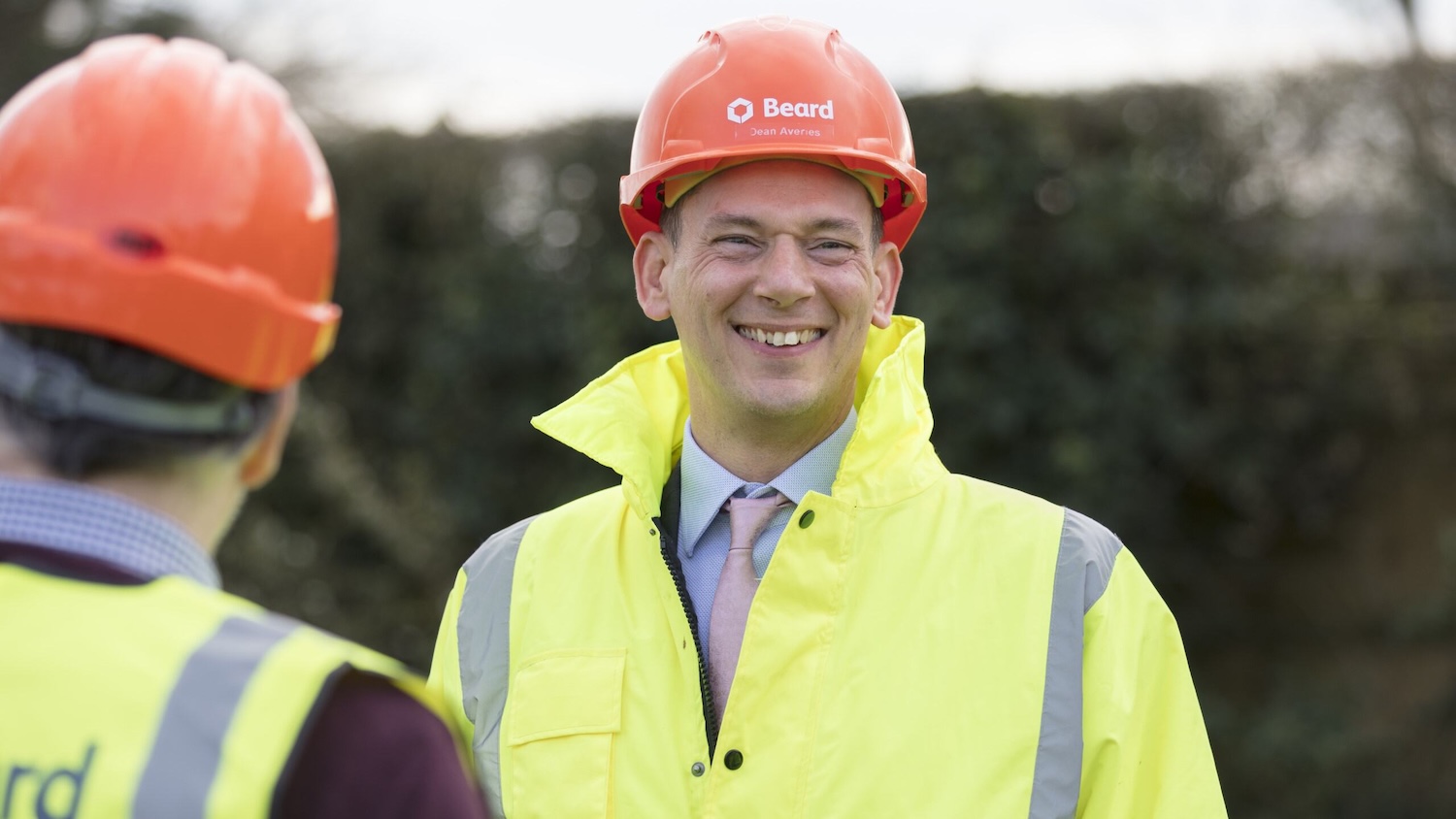

As an MRes Environment Management student, The University of Bolton, I couldn’t agree more. The environment has indeed become a paramount concern, akin to how health and safety was once viewed. Transitioning towards a sustainable culture begins with individual actions, whether it’s adopting eco-friendly practices at home like using electric cars, installing solar panels, or prioritizing recycling. These personal choices ultimately influence workplace culture and contribute to broader environmental stewardship. It’s inspiring to see the momentum building, but there’s still much progress to be made.
#chartered environmentalist.
#environment.
#Galliford Try.
#sustainability.